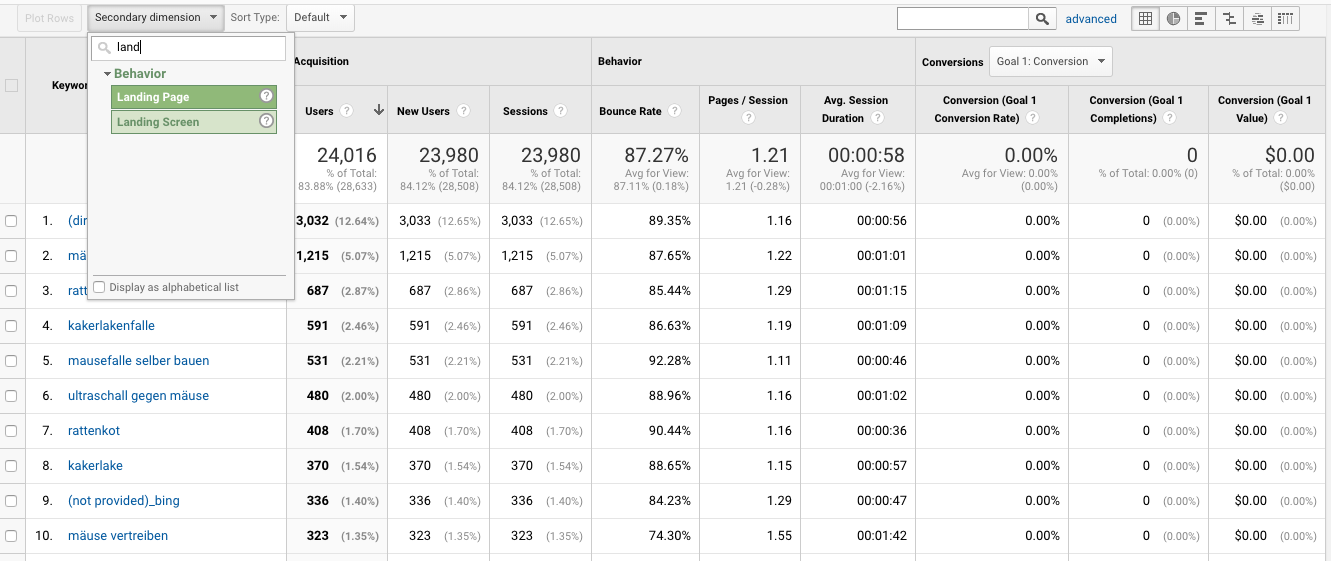Unlocking the Power of Secondary Measurement Analytics for Boosted Data Insights and Decision-Making
In the world of data analytics, main dimensions usually take the limelight, however the true deepness of insights exists within the realm of secondary dimensions. By taking advantage of the power of second measurement analytics, companies can unveil concealed patterns, reveal correlations, and essence more meaningful conclusions from their information.
Relevance of Second Measurements
Exploring the importance of additional dimensions in analytics unveils the hidden layers of data understandings essential for educated decision-making in numerous domains. Second dimensions offer a deeper understanding of main information by supplying added context and viewpoints. By including additional measurements right into analytics, organizations can extract much more nuanced and thorough understandings from their datasets.
One secret significance of secondary measurements is their capability to segment and categorize main information, permitting a more comprehensive analysis of specific parts within a dataset. When looking at the data as a whole, this division allows organizations to recognize patterns, patterns, and outliers that might not be obvious. Additional dimensions help in discovering relationships and reliances between different variables, leading to more precise projecting and predictive modeling - secondary dimension.
In addition, additional measurements play a crucial function in enhancing information visualization and reporting. By including second measurements to visualizations, such as graphes or charts, experts can create a lot more informative and interesting representations of data, facilitating better communication of searchings for to stakeholders. On the whole, the integration of secondary measurements in analytics is important in opening the complete capacity of information and driving evidence-based decision-making.
Trick Benefits of Utilizing Secondary Measurements
Making use of secondary measurements in analytics uses companies a critical advantage by enhancing the deepness and granularity of information insights. By dissecting data using second dimensions such as time, area, device type, or customer demographics, organizations can uncover patterns, patterns, and relationships that might otherwise remain surprise.
Moreover, the usage of secondary dimensions boosts the context in which key data is interpreted. By leveraging additional dimensions in analytics, organizations can harness the full capacity of their data to drive far better decision-making and accomplish their business goals.
Advanced Information Evaluation Methods
A deep study sophisticated information evaluation methods discloses sophisticated approaches for removing useful understandings from complicated datasets. One such strategy is maker understanding, where formulas are used to recognize patterns within data, predict results, and make data-driven choices. This technique enables for the automation of logical version building, making it possible for the handling of huge quantities of information at a quicker rate than conventional methods.
One more advanced method is predictive analytics, which uses statistical formulas and equipment discovering strategies to forecast future end results based upon historical information. By analyzing fads and patterns, businesses can prepare for consumer actions, market trends, and possible dangers, encouraging them to make proactive choices.
Moreover, message mining and view evaluation are valuable strategies for extracting understandings from disorganized information sources such as social media remarks, client testimonials, and study feedbacks. By evaluating message information, organizations can comprehend client point of views, identify arising trends, and enhance their solutions or products based on feedback.
Enhancing Decision-Making With Second Dimensions

Enhancing decision-making with second measurements allows companies to read here make even more notified and targeted calculated selections. For instance, by segmenting client information based on secondary dimensions like acquiring history or interaction degrees, business can customize their advertising and marketing techniques to specific target market sectors, resulting in boosted conversion prices and client satisfaction. Furthermore, secondary dimensions can aid determine correlations and connections between various variables, enabling organizations to make data-driven choices that drive growth and success.
Applying Second Dimension Analytics
When including secondary measurements in analytics, organizations can open much deeper insights that drive strategic decision-making and improve total performance. This requires recognizing the particular questions the company looks for to address and the data points required to address them.

Furthermore, organizations ought to leverage progressed analytics tools and modern technologies to simplify the procedure of including secondary measurements. These tools can automate data handling, evaluation, and visualization, allowing companies to focus on analyzing understandings instead than hand-operated information adjustment.
Final Thought
In conclusion, secondary dimension analytics play an essential role in enhancing data understandings and decision-making procedures. By making use of innovative information analysis methods and carrying out additional dimensions efficiently, organizations can open the power of their information to drive calculated service decisions.
In the realm of information analytics, key dimensions typically take the spotlight, but the true depth of web understandings exists within the world of additional dimensions.Making use of second measurements in analytics supplies companies a calculated benefit by boosting the depth and granularity of data insights. By leveraging second dimensions in analytics, organizations can harness find out here the full capacity of their data to drive far better decision-making and achieve their service objectives.
Executing data validation procedures and normal audits can assist preserve information quality and integrity.
By using advanced data evaluation methods and executing second measurements properly, organizations can open the power of their data to drive tactical service decisions.
Comments on “Utilizing Secondary Dimension in Google Analytics for Improved Coverage”